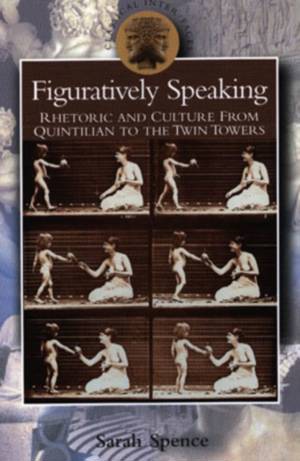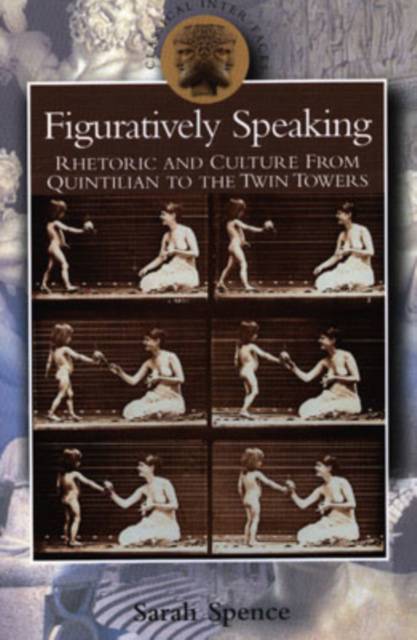
Bedankt voor het vertrouwen het afgelopen jaar! Om jou te bedanken bieden we GRATIS verzending (in België) aan op alles gedurende de hele maand januari.
- Afhalen na 1 uur in een winkel met voorraad
- In januari gratis thuislevering in België
- Ruim aanbod met 7 miljoen producten
Bedankt voor het vertrouwen het afgelopen jaar! Om jou te bedanken bieden we GRATIS verzending (in België) aan op alles gedurende de hele maand januari.
- Afhalen na 1 uur in een winkel met voorraad
- In januari gratis thuislevering in België
- Ruim aanbod met 7 miljoen producten
Zoeken
€ 62,95
+ 125 punten
Omschrijving
Although rhetoric is a term often associated with lies, this book takes a polemical look at rhetoric as a purveyor of truth. Its purpose is to focus on one aspect of rhetoric, figurative speech, and to demonstrate how the treatment of figures of speech provides a common denominator among western cultures from Cicero to the present. The central idea is that, in the western tradition, figurative speech - using language to do more than name - provides the fundamental way for language to articulate concerns central to each cultural moment. In this study, Sarah Spence identifies the embedded tropes for four periods in Western culture: Roman antiquity, the High Middle Ages, the Age of Montaigne, and our present, post-9/11 moment. In so doing, she reasserts the fundamental importance of rhetoric, the art of speaking well.
Specificaties
Betrokkenen
- Auteur(s):
- Uitgeverij:
Inhoud
- Aantal bladzijden:
- 160
- Taal:
- Engels
- Reeks:
Eigenschappen
- Productcode (EAN):
- 9780715635131
- Verschijningsdatum:
- 25/05/2007
- Uitvoering:
- Paperback
- Formaat:
- Trade paperback (VS)
- Afmetingen:
- 154 mm x 233 mm
- Gewicht:
- 226 g

Alleen bij Standaard Boekhandel
+ 125 punten op je klantenkaart van Standaard Boekhandel
Beoordelingen
We publiceren alleen reviews die voldoen aan de voorwaarden voor reviews. Bekijk onze voorwaarden voor reviews.









